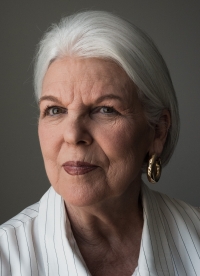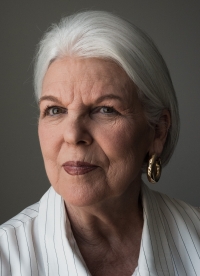The exile is the living example of a Cuban in freedom

Download image
Sylvia Iriondo was born on January 26, 1945 in Havana to a middle-class family. Soon after the victory of the Cuban Revolution, Sylvia and her siblings learned that their father was involved in anti-regime activities and had to leave the island. Her father emigrated to Miami, and a couple of months later the rest of the family, including Sylvia, gathered in exile. Sylvia began helping Cuban refugees in need in Miami through the International Rescue Committee and the Cuban Refugee Aid Program. Although Sylvia is married in Miami, has three children and has been a successful real estate agent since the 1970s, she has never ceased to feel obliged to fight for a free Cuba. Her efforts, but also her circumstances, resulted in the establishment of the MAR (Mothers and Women Against Repression in Cuba) organization in 1994. In the early 1990s, the Hermanos al Rescate civilian pilots were formed to monitor and assist ships in need of Cuban refugees, and MAR participated in their humanitarian flights as a volunteer support service. On February 24, 1996, the Cuban regime tried to stop one of these rescue operations and shot down two of the three Hermanos al Rescate aircraft in international airspace. Sylvia and her husband were in the third plane and survived. Sylvia continues to fight for a free Cuba and sees great inspiration in post-communist European countries as well as a role model in the example of Václav Havel. He continues to believe that Cuba will one day be free and that the strong Cuban community, which does its best for it, will one day achieve that.

